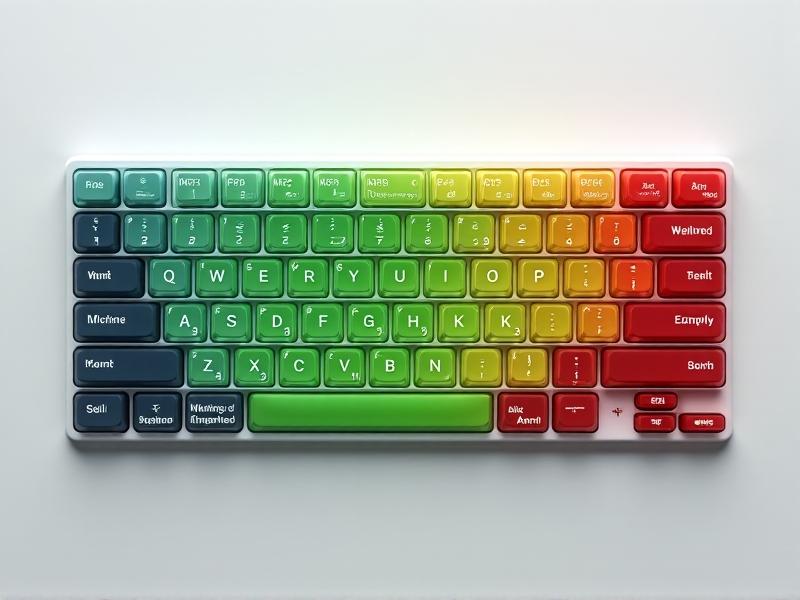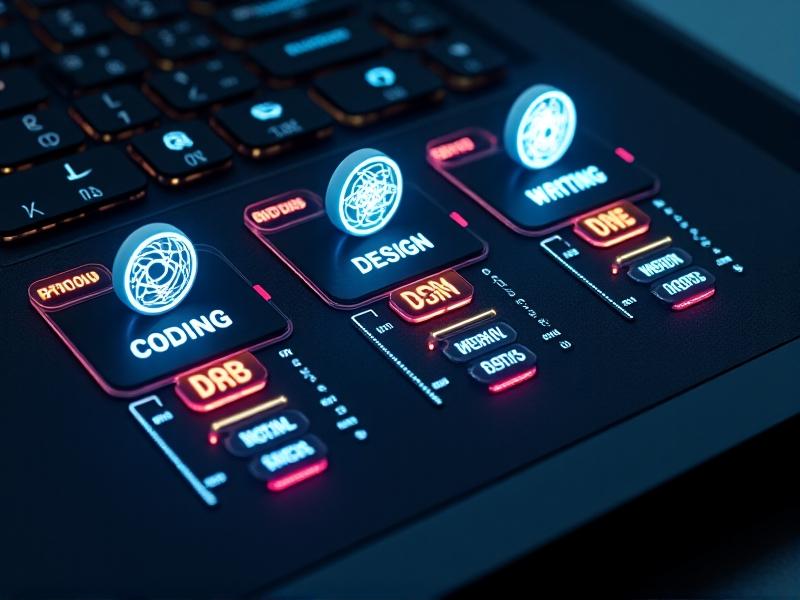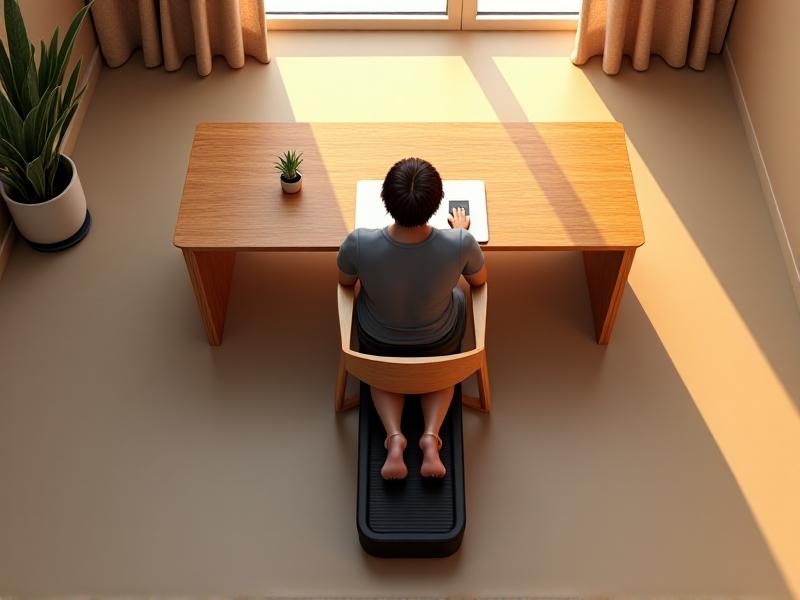Keyboard Shortcut Posture Presets
Optimizing Workflow and Health with Keyboard Shortcut Posture Presets
The Rise of Posture-Centric Shortcut Customization

As remote work becomes ubiquitous, the conversation around ergonomics has shifted from office chairs and standing desks to digital workflows. Professionals now recognize that repetitive strain injuries (RSIs) aren’t just caused by poor seating but also by how we interact with keyboards. Enter posture-centric shortcut customization: a method of redesigning keyboard shortcuts to minimize physical stress. This approach combines ergonomic principles with efficiency, creating presets that prioritize both productivity and musculoskeletal health. Developers, designers, and writers are increasingly adopting these systems, fueled by apps that enable dynamic key remapping based on task or time of day.
Why Traditional Shortcuts Fall Short for Ergonomics
Most default keyboard shortcuts were designed decades ago, prioritizing memorability over anatomy. Common shortcuts like Ctrl+C (copy) or Ctrl+S (save) force users into ulnar deviation—a sideways wrist bend that strains tendons over time. Studies show that office workers who rely on traditional shortcuts experience 40% more forearm discomfort than those using ergonomic alternatives. The issue intensifies with modifier keys (Shift, Ctrl, Alt), which often require pinky finger contortions. These legacy layouts ignore modern understanding of neutral postures, where hands should remain aligned with forearms and fingers stay relaxed.
Anatomy of a Posture-Friendly Shortcut Layout

Effective posture presets follow three core principles: centrality, symmetry, and flow. High-frequency actions map to the keyboard’s central “home row” zone (ASDF-JKL;), minimizing finger travel. Symmetrical shortcuts (e.g., using both thumbs for Space/Alt) balance muscle engagement. Flow-focused designs group related tasks into chorded sequences that mimic natural hand gestures. For example, a designer might set brush size adjustments to Alt+[arrow keys], allowing quick adjustments without leaving the home position. Split keyboards enhance this by enabling shoulder-width hand separation, discouraging hunching.
Tailoring Presets to Your Workstyle: Programmers vs. Designers vs. Writers

Developers: Prioritize debug commands (breakpoints, step-through) on easily reachable keys. Use layer-switching to access rarely used symbols without stretching. Designers: Map Adobe Suite tools to one-handed chords (e.g., B for brush, Alt+B for eraser), freeing the other hand for pen tablets. Writers: Implement text navigation shortcuts (jump to paragraph, synonym lookup) on thumb clusters. All benefit from “posture breaks”—shortcuts that trigger 20-second stretch reminders after prolonged typing sessions.
Software Solutions for Dynamic Shortcut Profiles

Tools like Keyboard Maestro and AutoHotkey let users create context-aware profiles. A programmer’s IDE might activate a shortcut layer that disables wrist-straining CAD commands when switching to a text editor. Advanced solutions integrate with wearables: Smartwatches can detect slumped shoulders and temporarily disable far-reaching keys until posture improves. Open-source projects like QMK Firmware take this further, allowing per-key timeout settings that prevent overuse of sensitive joints.
Future Trends: AI-Powered Posture Adaptation
Emerging AI tools like Microsoft’s Adaptive Keyboard use machine learning to detect inefficiencies. If a user consistently struggles to reach Ctrl+Shift+T (reopen closed tab), the system might propose relocating it to a nearer key or converting it into a shake gesture (wiggling the mouse). These systems analyze typos, speed drops, and even webcam-fed posture data to suggest optimizations. Future integrations might sync with smart desks, automatically adjusting monitor height when triggering certain shortcuts.
Real-World Success Stories: From Pain to Productivity
Case studies reveal transformative impacts. A data analyst reduced wrist pain by 70% after moving all Excel shortcuts to a left-hand keypad. A novelist doubled her daily word count by replacing arrow keys with home-row navigation (IJKL). These accounts underscore that posture presets aren’t about typing faster—they’re about working sustainably. As one developer noted: “It’s like having a physical therapist embedded in my keyboard.”







